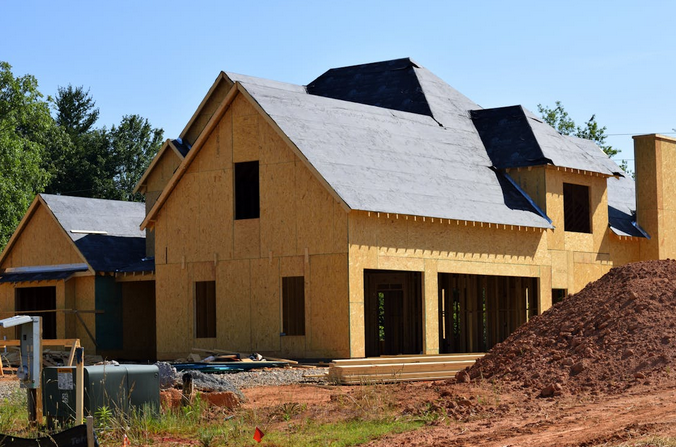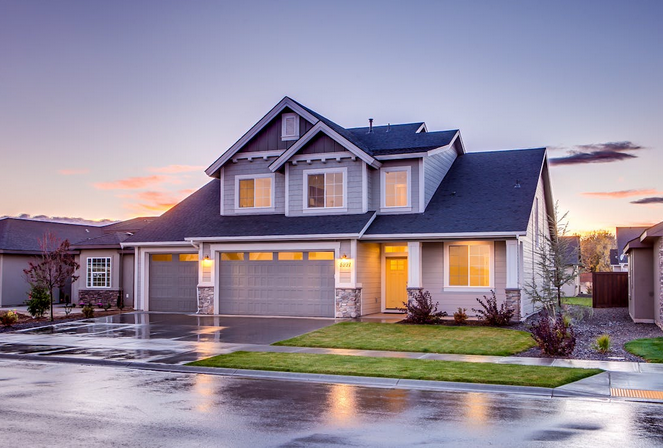High radon levels in homes can be attributed to several factors related to the natural environment, the construction of the house, and the habits of the occupants. This is why it’s important to know the radonmåling i enebolig before running new home projects. While radon is present in outdoor air at low levels, it can accumulate indoors at dangerous concentrations, posing significant health risks to residents. Understanding why radon levels can be high in certain homes is crucial for mitigating its potential dangers.
Geological Factors

One of the primary reasons for high radon concentrations in homes is the geological composition of the surrounding area. Regions with high levels of uranium in the soil are more likely to have elevated radon levels. As uranium decays, radon gas is released and moves through the soil and into homes. Areas with certain types of rocks, such as granite, shale, and phosphate, are particularly prone to high radon emissions. The permeability of the soil also plays a role; more porous soils allow radon to move more freely, increasing the likelihood of it entering homes.
Occupant Habits and Ventilation
The lifestyle and habits of a home’s occupants can also contribute to elevated radon levels. Poor ventilation is a significant factor, as it allows radon to accumulate without sufficient airflow to disperse it. In homes where windows and doors are rarely opened, especially in colder climates where homes are sealed to conserve heat, radon can build up to higher levels. Similarly, utilizing exhaust fans, such as those in kitchens and bathrooms, can create a vacuum effect that draws more radon into the home.
Home Construction and Design

The way a home is built can significantly impact its radon levels. Homes with poor insulation or numerous cracks in the foundation, walls, or floors are more susceptible to radon infiltration. Additionally, homes with basements or crawl spaces are at a higher risk because these areas are closer to the ground, where radon is most concentrated. The type of foundation, such as slab-on-grade or basement, also influences radon levels. Homes with higher airtightness, while energy-efficient, may inadvertently trap radon inside, leading to higher indoor concentrations.
High radon levels in homes result from the different factors discussed. Each of these factors can contribute to radon entering and accumulating within a home, making it essential for homeowners to be aware of the risks and to take appropriate measures to test and mitigate radon levels. By understanding the underlying causes, homeowners can better protect themselves and their families from the health risks associated with radon exposure.…

